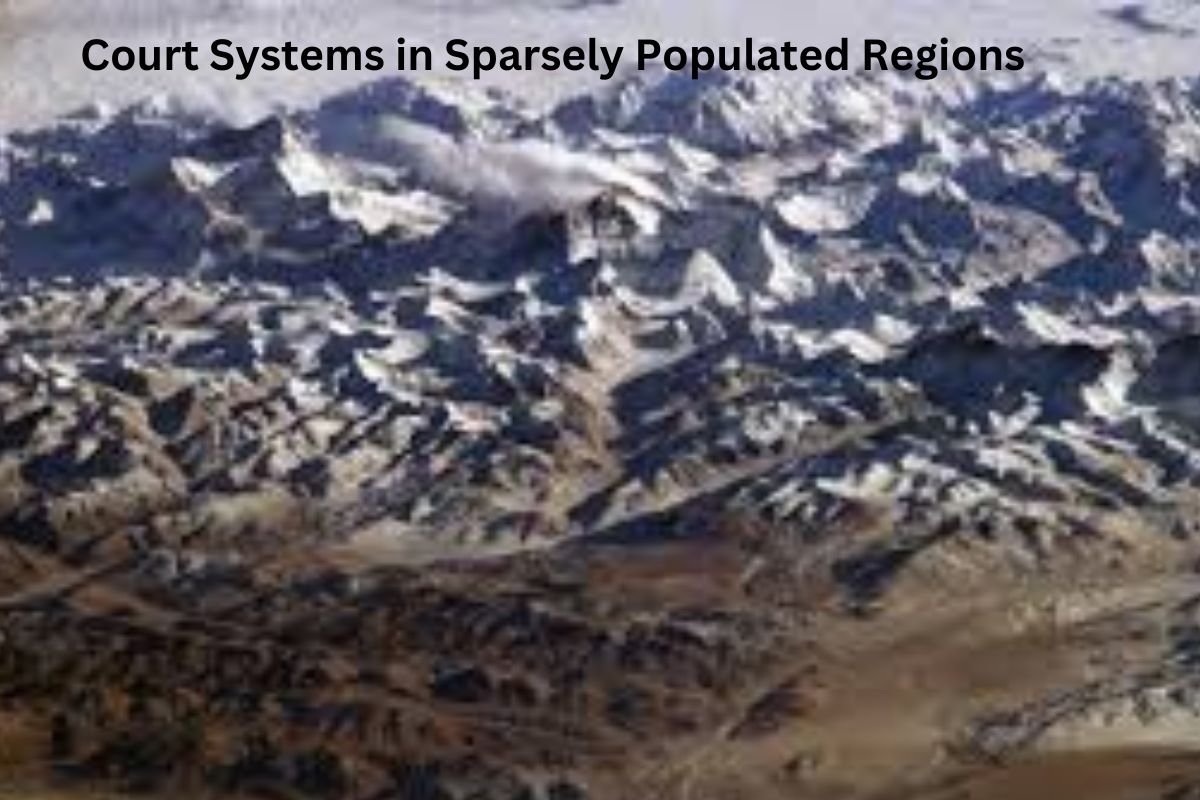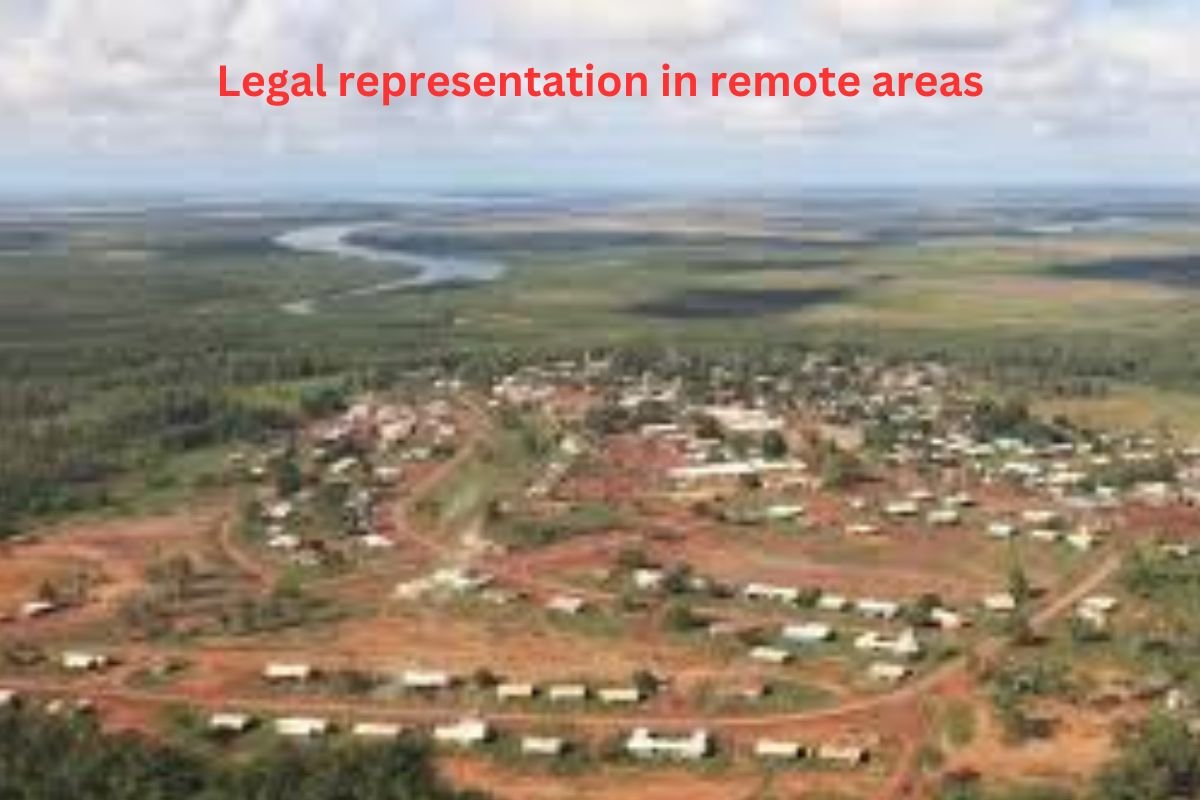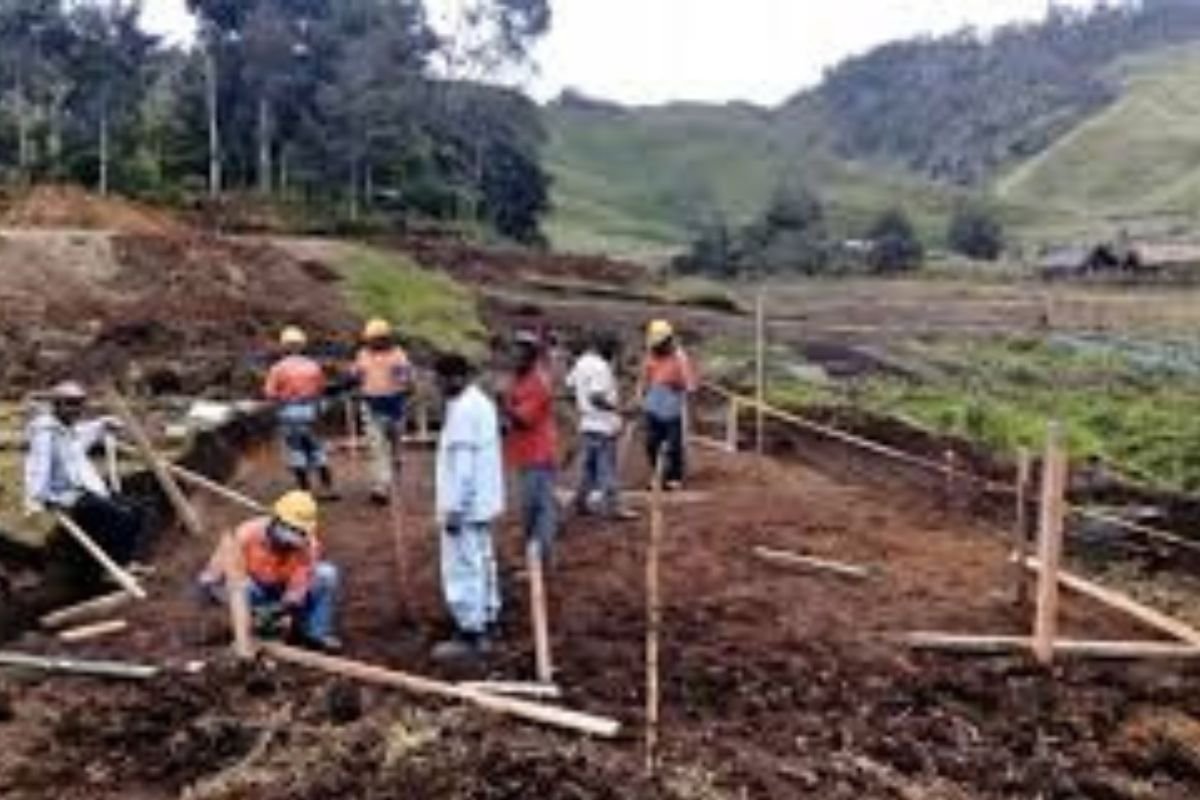Court Systems in Sparsely Populated Regions: Challenges and Solutions
Court systems are the cornerstone of justice, ensuring the rule of law and resolving disputes in society. However, in sparsely populated regions characterized by low population densities and vast geographical areas, establishing and maintaining effective court systems pose unique challenges. In this article, we delve into the complexities of court systems in sparsely populated regions, exploring the hurdles they face and the solutions that strive to ensure access to justice for all.
Understanding Sparsely Populated Regions
Sparsely populated regions, often found in rural and remote areas, are marked by low population densities and limited access to essential services. In these areas, court systems play a critical role in adjudicating legal disputes, safeguarding individual rights, and upholding the rule of law. However, the sparse population and vast distances present significant challenges for court administration and access to justice.
Challenges Faced by Court Systems
Geographical Distance
In sparsely populated regions, courts may be few and far between, requiring individuals to travel long distances to attend hearings or access legal services. This geographical isolation can be a significant barrier, particularly for those with limited means of transportation.
Limited Resources
Court systems in sparsely populated regions often operate with limited resources, including personnel, infrastructure, and funding. The scarcity of resources can impact the efficiency and effectiveness of court proceedings, leading to delays and backlogs in case management.
Professional Shortages
Sparsely populated regions may struggle to attract and retain legal professionals, including judges, lawyers, and court staff. The shortage of qualified personnel can strain court operations and limit access to legal expertise and representation for residents.
Cultural and Linguistic Diversity
In diverse communities, cultural and linguistic differences may pose additional challenges for court systems. Ensuring access to justice for individuals from different backgrounds requires sensitivity to cultural norms and the provision of language access services.
Innovative Solutions and Best Practices
Circuit Courts and Mobile Units
To address the issue of geographical distance, some sparsely populated regions employ circuit courts or mobile units that travel to remote communities to conduct hearings and provide legal services. These mobile units bring justice closer to residents, reducing the need for extensive travel.
Technology Integration
Advancements in technology, such as video conferencing and electronic filing systems, enable courts to streamline processes and expand access to justice. Virtual court proceedings and online platforms facilitate remote participation, allowing individuals to attend hearings and file documents without being physically present.
Community Outreach and Legal Education
Court systems in sparsely populated regions often engage in community outreach and legal education initiatives to raise awareness of legal rights and resources. By providing information and support to residents, courts empower individuals to navigate the legal system effectively and access available services.
Collaborative Partnerships
Collaboration between court systems, government agencies, non-profit organizations, and community groups is essential for addressing the unique needs of sparsely populated regions. Through partnerships, stakeholders can pool resources, share expertise, and develop tailored solutions to improve access to justice.

Conclusion
Court systems in sparsely populated regions face a myriad of challenges, from geographical distance to limited resources and professional shortages. However, through innovation, collaboration, and a commitment to equitable access to justice, these challenges can be overcome.
By implementing innovative solutions, such as mobile courts and technology integration, and fostering collaborative partnerships, court systems can ensure that all individuals, regardless of location, have access to fair and efficient judicial processes. In sparsely populated regions, where the need for justice is just as pressing as in urban centers, building resilient and responsive court systems is essential for upholding the rule of law and protecting the rights of all citizens.



